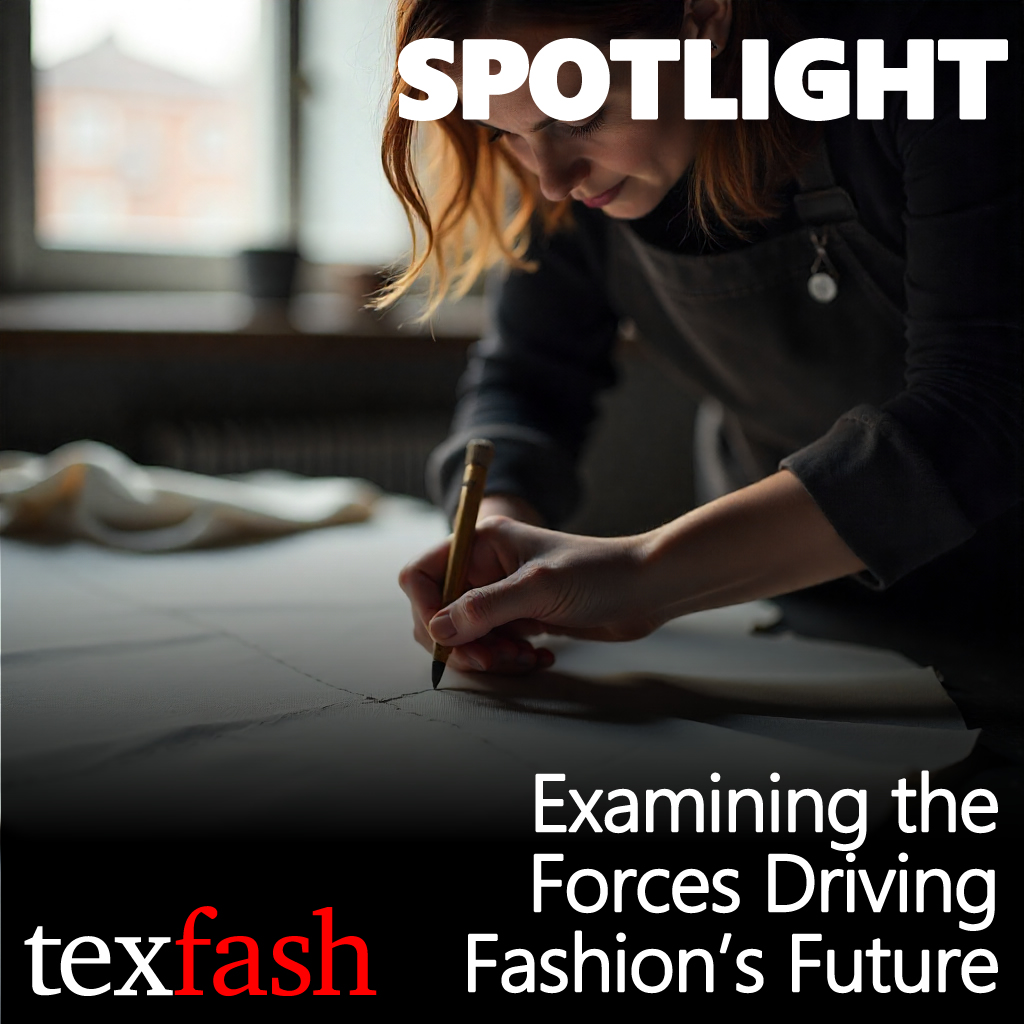An ambitious new project called SeaWeave has been launched to tackle the global textile industry's sustainability challenges by developing innovative technologies to convert seaweed into functional textiles and dyes for commercial applications.
- Seven international partners from six countries launched the cross-disciplinary collaboration to develop seaweed-to-textile conversion technologies.
- The project aims to convert Atlantic Ocean and Mediterranean Sea macroalgae into commercial textile fibres and dyes.
- Norwegian research institute SINTEF will lead seaweed biomass selection, characterisation, processing, and scale-up experiments for biopolymer functionalisation activities.
THE PROJECT is funded by the Sustainable Blue Economy Partnership with a total budget of NOK 15 million.
- The partners are: KTH, Sweden (Project lead); SINTEF, Norway; Aalborg Universitet, Denmark; RISE, Sweden; Università di Foggia, Italy; Zeefier, Netherlands; Pyratex, Spain.
- The project will run from 2025 to 2028.
SEAWEED AS SUSTAINABLE RESOURCE: Macroalgae represent the world's largest aquaculture industry with over thirty-five million tonnes produced annually, offering fast-growing, low-trophic organisms with significant potential for European cultivation expansion.
- Macroalgae have been described as rapidly growing, low-trophic organisms found in wild populations across global marine environments.
- European seaweed industries are said to comprise only 0.8% of total global seaweed production volumes.
- European seaweed production was reported to rely predominantly on wild harvest methods rather than systematic cultivation.
- Seaweed cultivation was identified as showing considerable potential for growth through expansion of systematic farming technologies.
THE PROJECT OBJECTIVES AND APPROACH: The SeaWeave project will establish comprehensive knowledge and developing innovative technologies for converting Atlantic Ocean and Mediterranean Sea macroalgae into textile fibres and dyes through international collaboration.
- Seven international partners from six countries will collaborate in a highly cross-disciplinary approach.
- The project will focus specifically on cultivated biomass and other sustainable seaweed feedstock sources.
- Biomass composition and structural relationships to textile properties would be systematically studied and characterised.
- Pre-treatment and biorefinery processes have been planned to extract and maintain polysaccharides and pigments through integrated processing.
INNOVATION AND PRODUCT DEVELOPMENT: According to the project. innovative fibre development through functionalisation and material combinations would create scalable functional textiles for fashion and furniture industries while maintaining environmental and economic feasibility.
- Innovative fibres will be developed through functionalisation and creative combination of materials using manufacturing methods.
- Functional textiles would be scalable in environmentally and economically feasible manufacturing processes.
- New fabric prototypes will be specifically developed for fashion industry applications and furniture requirements.
- Functionalised fibres will be created to meet specific performance criteria for various textile applications.
- Manufacturing methods will focus on innovative approaches combining sustainability with commercial viability.
SINTEF'S ROLE: Environmental and social impact assessments have been planned to evaluate short and long-term consequences of developed technologies through stakeholder collaboration, and SINTEF will lead seaweed biomass selection, characterisation, and processing activities.
- Environmental and social assessments have been planned to examine short-term and long-term impacts of developed technologies.
- Stakeholder collaboration will ensure comprehensive understanding of technology impacts across entire value chains.



















